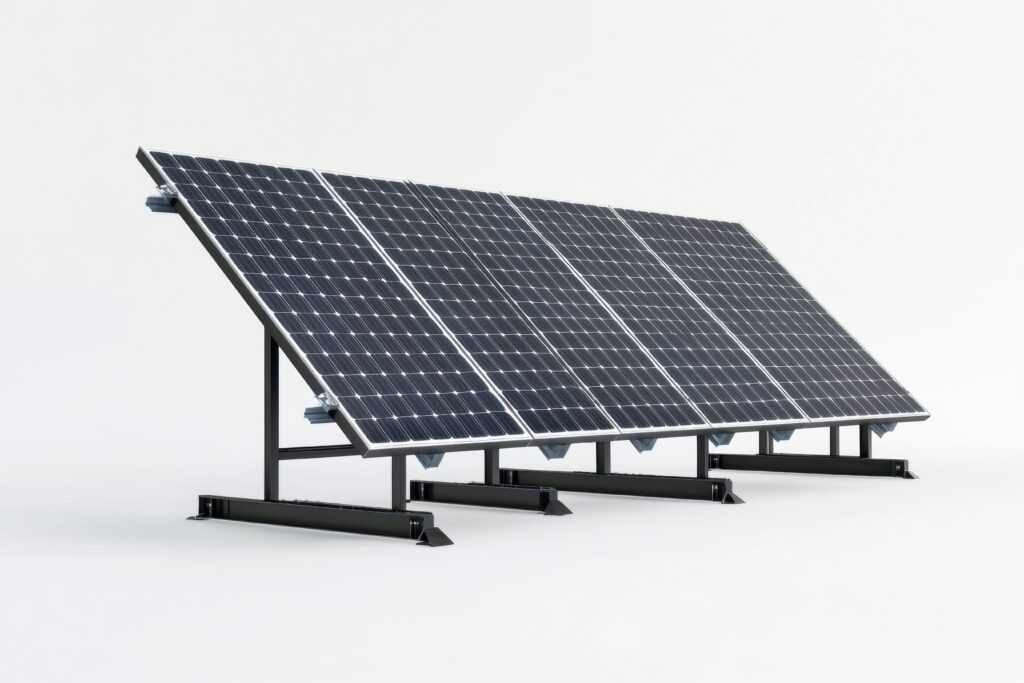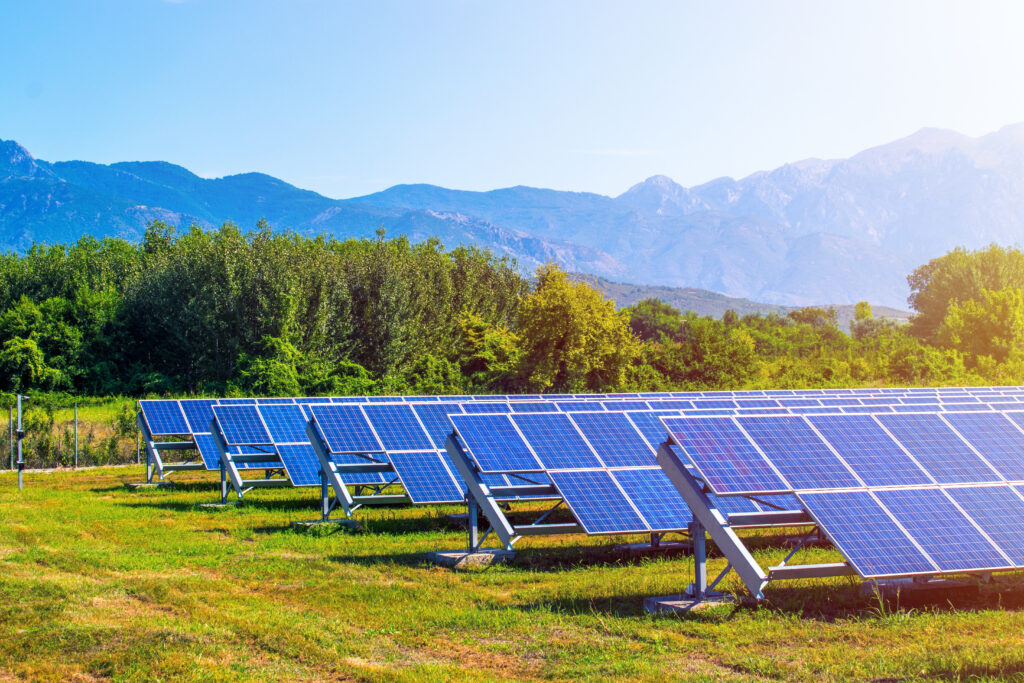



Mounting systems play a crucial role in solar energy installations, ensuring that solar panels are securely attached, efficiently positioned, and optimally oriented. Choosing the right mounting system is vital since it directly affects the efficiency of the solar design and its long-term durability. There are primarily two types of mounts used for solar panels: roof mounts and ground mounts. Each type comes with its own advantages and considerations.
Roof Mounts vs. Ground Mounts
Roofs are a popular choice for solar installations, largely because they utilize existing structures, minimizing the need for additional land. Roof mounts can be either attached or integrated into the roofing material. These systems are less invasive and usually cost-effective since they exploit the building’s roof space.
On the other hand, ground mounts are ideal for installations that require larger solar arrays and more flexibility in terms of orientation. Ground mounts often allow for easier maintenance and access to the panels. They can also be optimized to follow the sun’s path, maximizing energy production throughout the day. Ground-mounted systems require more land and may involve additional costs for foundation work.
Factors to Consider inMounting Systems
-
Space Availability: If you are working with limited rooftop space, roof mounts may be more suitable. Alternatively, if you have ample land and prefer adjustable panels for optimal sunlight exposure, ground mounts can be more effective.
-
Installation Cost: Roof mounts typically entail lower installation costs. Ground mounts might require more extensive installation efforts, including concrete work and potential landscaping adjustments.
-
Aesthetics: Roof mounts are generally less visible and may blend better with a home or commercial building. Ground mounts can be more conspicuous.
-
Maintenance: Ground-mounted systems are easier to access for cleaning and maintenance. On the other hand, roof-mounted systems may pose challenges due to their elevation.
Wind Resistance Standards
One of the critical factors in securing solar investments is ensuring that the mounting systems can withstand environmental forces, particularly wind. Solar panels can face high wind loads, necessitating robust mounting solutions.
Mounting systems must adhere to local building codes and standards, which often dictate wind resistance criteria. These codes take into account local climatic conditions, including wind speed and storm patterns. The American Society of Civil Engineers (ASCE) provides guidelines on structural support that often serve as a standard for mounting systems.
Techniques to Enhance Wind Resistance
-
Tilt Angles: Adjusting the angle at which panels are installed can reduce wind load. Flush mounts, which lie flat against the roof, may experience different wind dynamics compared to those at an angle.
-
Material Strength: Using high-quality materials for frames and supports increases durability and wind resistance.
-
Proper Installation: Ensuring that mounting systems are installed correctly, with all fasteners secured to specifications, can prevent failures during high winds.
Conclusion
Choosing the right mounting system-whether roof-mounted or ground-mounted-depends largely on available space, budget, and desired system efficiency. Roof mounts are often preferred for residential installations where space is limited, making use of existing structures without requiring additional land. They tend to be more cost-effective and easier to install but may face limitations due to roof orientation, shading, and structural capacity. Ground mounts, on the other hand, offer greater flexibility in panel placement and tilt angles, often resulting in higher energy yields. However, they require more space and can involve higher installation and maintenance costs.
It is essential to carefully weigh the pros and cons of each mounting option in the context of your specific site conditions and energy goals. Additionally, ensuring that the mounting system complies with local wind resistance and building codes is critical for durability and safety. Properly engineered mounts can withstand harsh weather conditions, protecting your solar panels from damage and maintaining system performance over time.
Investing wisely in a quality mounting system not only secures your solar panels physically but also contributes significantly to the overall success and longevity of your solar energy solution. A well-chosen and professionally installed mounting structure maximizes energy production, minimizes maintenance, and safeguards your investment for years to come.
For more insights into solar energy and renewable technologies, check out some relevant blogs on our site. Explore our articles to deepen your understanding of solar energy solutions and best practices.
For more information, visit Andromeda Energy and check out our blogs for further exploration of related topics:
For Further Detail
https://www.renewableenergyworld.com/


Leave a Reply